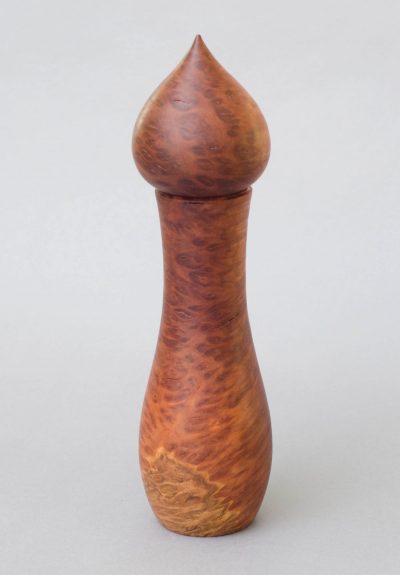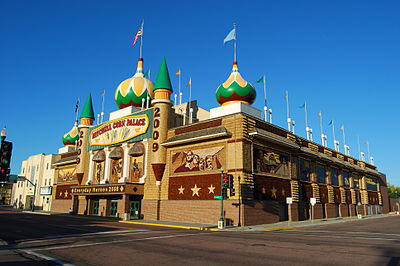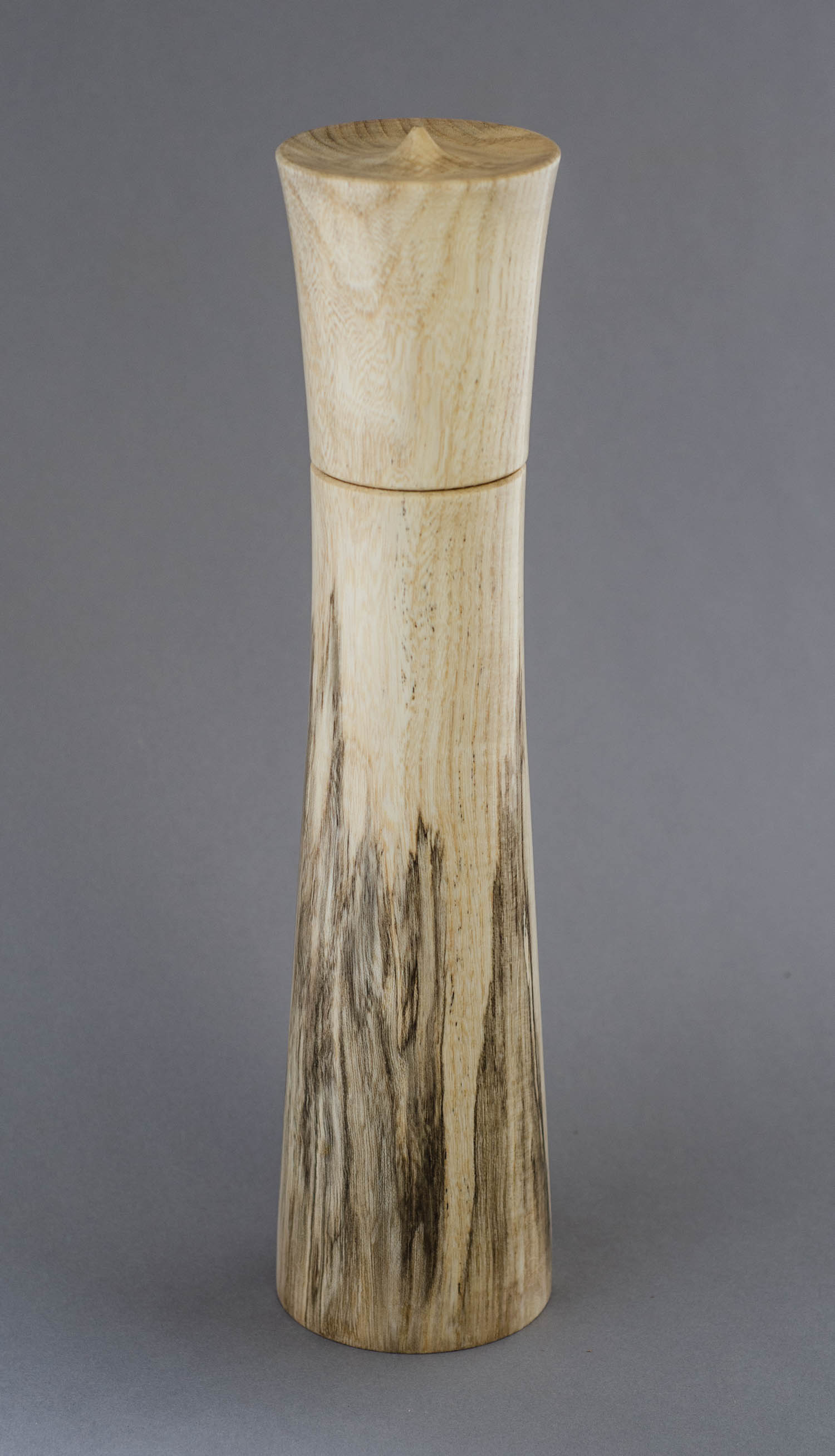Distinctive Designs
As a woodturner, the overall mill design is the most important feature of the piece. If this isn't satisfying nothing will make up for it no matter how stunning the wood is. My mills have simple but elegant designs. The designs have been refined as I've matured as an artisan. Here's a little background on how these mill shapes have come to be.
The original Design
I've used this design for at least ten years, although it continues to evolve. Overall its a flowing design smoothly connecting its elements.
The bottom part of the mill is a series of smooth curves. The lower 'hip' is slightly less than one-third of the overall height. The shape flows into a 'waist' roughly half way up. This waist is narrower or wider depending on the starting size of the wood blank I'm using. If the blank is generously sized, I can widen the waist and keep the overall dimensions proportional. A wider waist allows me to bore out a wider mill shaft which will hold more peppercorns! From the waist the mill flutes out and upwards. Many of my early mills had the top lip of the bottom piece nearly as wide as the top piece. This upward fluting, or thrust, gives energy to the piece. It also put a wide flowing curve between the lower and upper sections. More recent designs have brought the lip in to give a sleeker overall look. With the lip drawn in I will bevel the top of the mill so it intersects at the base of the top piece.
The Mill Top
Just about every other person who first sees this mill will say "You know what that looks like?". I do. But I can't remember consciously incorporating the 'onion top' into the mill design. Maybe it was just packed into my brain from growing up during the cold war. That said, this design feature is also an architectural element in European Baroque towers and Asian Mughal domes (Taj Mahal). It is even the prominent design feature of the 'World's Only Corn Palace' in South Dakota. So there is something to this element that resonates across cultures.
The biggest evolution for this mill top followed the introduction of the ceramic CrushGrind mill mechanism. The old steel mills had a protruding top knob. The CrushGrind mill terminates inside the pepper mill top, so the final mill tip needed a design. Through some iterations I've settled on a slightly blunt spire. While I could make it as sharp and pointy as I like, the blunted spire acknowledges mills will get knocked over and a sharp tip might break. I have some other ideas about how to treat this mill top, but that will wait for another day.
Contemporary Design
Credit for this design goes to Ewa Norton. She wanted to buy a mill for her daughter's wedding, but "she has contemporary tastes and will need a mill with a different design". For you Ewa, challenge accepted!
I found the shape I wanted by turning blanks of waste wood. Many mills later (some of them really ugly) I came to this form. It is essentially one long curve that pinches about one third of the way from the top. Its almost hard to tell it is a curve in spots, but when there is a straight spot it just looks and feels wrong. I think the dimpled top is a nice but subtle addition to this sleek shape.
Despite the simple shape, I find these are more challenging to make. First, the central 'axes' of the top and bottom of the mill need to be nearly identical or they don't match up right. Second, because the design is so spare, there is no place to hide mistakes. And yes, woodturners make mistakes and they get very good in concealing them. So with this design you must be meticulous and go slow.
The sleek look makes it an excellent palate for all kinds of woods. Generally I'll match more expressive woods with the contemporary design. Woods with strong vertical lines also look great in this design as they carry well visually from bottom from top.





